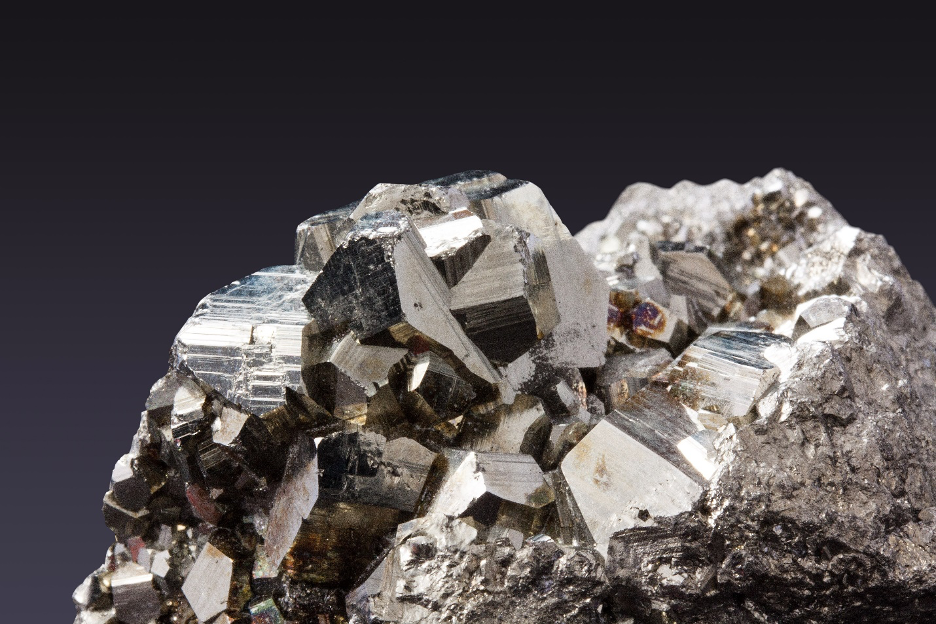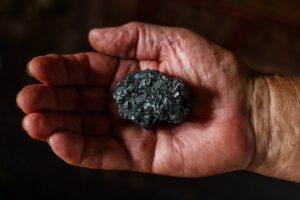In 2020, the Responsible Minerals Initiative (RMI) released updates to its Conflict Minerals Reporting Template (CMRT). Typically, RMI updates the CMRT form once or twice a year, and it is your responsibility to makes sure your organization continues to responsibly report conflict mineral usages within the new template.
For the 2020 reporting year, RMI recommends using version 6.01 or higher of the CMRT. Using outdated versions of the form (versions 5.x and lower) could mean your reporting is inaccurate and non-compliant. The latest version of CMRT is available on the RMI website.
Updated versions of the CMRT include major changes to some of the conflict minerals questions, and you will need to make sure you have a thorough understanding of both the new questions and your supply chain before sending these forms to your customers.
CMRT Updates
The following are updates made to the CMRT you must be aware of for accurate reporting.
Question 4
CMRT 6.0 has added a new question, Question 4:
“Do any of the smelters in your supply chain source 3TG from conflict-affected and high-risk areas?”
This question incorporates aspects of the upcoming EU Conflict Minerals legislation. To answer this question, use the EU definition of conflict-affected and high-risk areas (CAHRAs) as guidance: “Areas in a state of armed conflict, fragile post-conflict areas, as well as areas witnessing weak or non-existing governance and security, such as failed states, and widespread and systemic violations of international law, including human rights abuses.”
The EU has also published non-binding guidelines for the identification of CAHRAs. Referring to these guidelines can help you determine how to answer Question 4.
Question H
Question H (formerly Question I) has been updated. The question formerly asked, “Is your company required to file an annual conflict minerals disclosure with the SEC?” Question H now asks,
“Is your company required to file an annual conflict minerals disclosure?”
This question was changed in order to incorporate EU laws. So, if your answer is yes, it would indicate that your company is required to file with either the U.S. Securities and Exchange Commission (SEC) or the EU government.
Question C
Question C has been removed. It had asked, “Do you require direct suppliers to be DRC conflict-free?” You will no longer have to answer this question.
Other CMRT Updates
In addition to these CMRT question changes, CMRT versions 6.0 and 6.01 include other updates.
CMRT 6.0 Updates
- Corrections for bugs and errors.
- Updates to International Organization for Standardization (ISO) country, state and province lists.
- Conformance to IPC-1755 (by changing the questions listed above).
- Updates to the Smelter Reference List and the Standard Smelter List.
CMRT 6.01 Updates
- Minor revisions to correct reported issues, including those related to the “Product List” tab.
- Further updates to the Smelter Reference List and the Standard Smelter List.
Be sure that your conflict minerals compliance team is using the latest CMRT forms and has a thorough understanding of the new questions before filling the forms out and sending them to your customers.
Tetra Tech’s conflict minerals experts can help you meet your compliance requirements and answer any questions you have about the conflict minerals reporting process. For support, contact us at [email protected].






